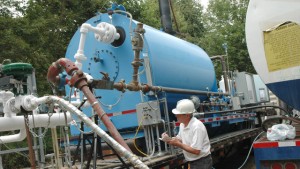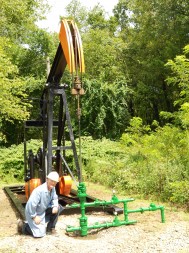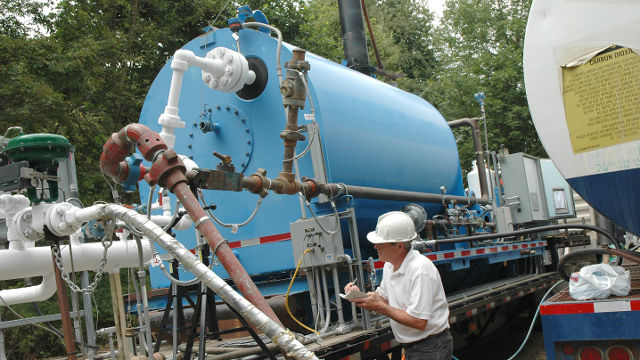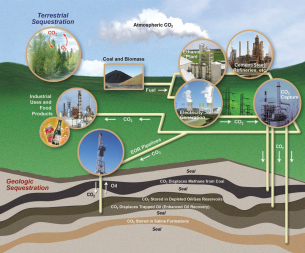http://www.kqed.org/.stream/anon/radio/quest/2011/09/2011-9-23-quest-ohio-coal.mp3
Coal generates half of all the electricity in the U.S. It’s also the biggest source of global-warming emissions and other air pollution. The coal industry acknowledges this but says the answer is not to phase out coal, but instead to produce "clean coal." Among the strategies for doing this is building carbon sequestration plants, where the carbon generated from burning coal is pumped underground. But despite years of promises, no carbon sequestration plants are in operation in the U.S. Anne Glausser of QUEST Ohio reports on the difficult path for clean coal for our special radio series, Coal at the Crossroads.

Coal generates half of all the electricity in the U.S. It’s also the biggest source of global-warming emissions and other air pollution. The coal industry acknowledges this but says the answer is not to phase out coal, but instead to produce “clean coal.” Among the strategies for doing this is building carbon sequestration plants, where the carbon generated from burning coal is pumped underground. But despite years of promises, no carbon sequestration plants are in operation in the U.S. Anne Glausser reports on the difficult path for clean coal.
It’s noon on a humid Ohio summer day. About 10 miles southeast of the city of Canton, Chris Perry, a geologist with the Ohio Department of Natural Resources, is standing in a patch of woods next to an oil well. Over the chatter of cicadas, Perry explains why this well is of particular interest to him: “We did what we call a ‘huff and puff,’ or a cyclic CO2 test—we injected 80 tons of CO2.”

Perry’s part of a research team that’s looking into how we can store carbon dioxide, in places like this oil well. The researchers “injected” carbon into this well, to test its ability to trap—or sequester—the potent greenhouse gas.

